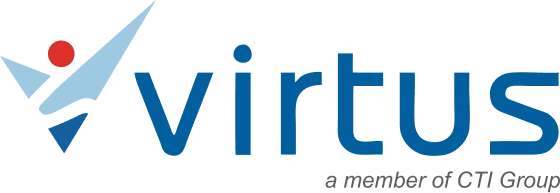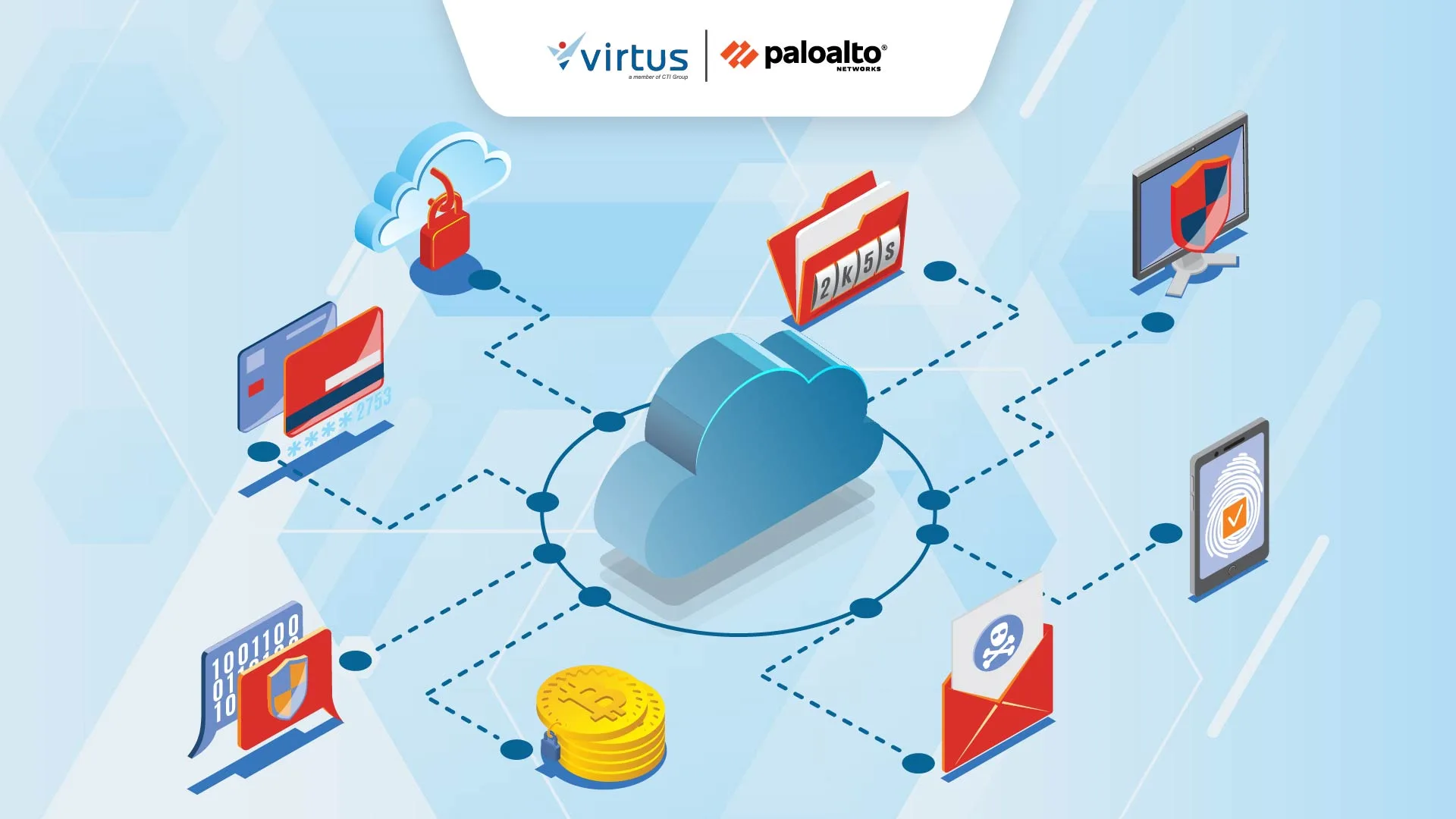In today’s hybrid work environment and cloud-first landscape, the boundaries between headquarters, branch offices, and remote users are fading. Employees can work from home, a café, or even while traveling — while data and applications are distributed across multiple cloud platforms.
However, this flexibility introduces new challenges: how can organizations ensure every connection remains secure, every user is verified, and every piece of data stays protected — without compromising performance?
The answer lies in Secure Access Service Edge (SASE) — a modern approach that combines networking and security into a unified cloud-delivered service.
What Is Secure Access Service Edge (SASE)?
SASE is a next-generation network security architecture that merges SD-WAN capabilities with a range of cloud-delivered security services such as Firewall-as-a-Service (FWaaS), Cloud Access Security Broker (CASB), and Zero Trust Network Access (ZTNA).
Unlike traditional models that rely on physical hardware in data centers, SASE delivers all networking and security functions from the cloud, ensuring fast, secure, and consistent access wherever users are located.
This approach helps organizations reduce infrastructure complexity, simplify policy management, and enhance user experience — all while maintaining robust data protection.
How Does SASE Work?
SASE operates by moving security checkpoints closer to users rather than keeping them behind a traditional network perimeter. Whenever a user tries to access corporate data or applications, the system will:
- Verify user and device identity (based on Zero Trust principles).
- Analyze network traffic at the application layer (Layer 7).
- Enforce security policies in real time, directly from the cloud.
As a result, connections remain fast (no need to backhaul traffic to headquarters) while maintaining consistent security across all locations — whether at the office, a branch site, or home.
The Five Core Pillars of SASE Architecture
1. Secure Web Gateway (SWG)
Protects users from malicious sites, performs SSL inspection, and blocks web-based threats.
2. Firewall as a Service (FWaaS)
A next-generation, cloud-delivered firewall providing advanced access control and threat prevention without physical appliances.
3. Cloud Access Security Broker (CASB)
Monitors and secures SaaS usage (like Microsoft 365 or Google Workspace) while detecting shadow IT activities.
4. Zero Trust Network Access (ZTNA)
Grants access based on user identity and context, replacing traditional VPNs with continuous verification.
5. Software-Defined WAN (SD-WAN)
Optimizes data traffic across branches and clouds, ensuring fast and stable connectivity with intelligent load balancing and failover.
Key Benefits of Secure Access Service Edge (SASE)
| Benefit | Description |
| Comprehensive Visibility | Monitor users, data, and applications across hybrid environments from a single dashboard. |
| Enhanced Control | Classify and secure traffic at the application level for smarter policy enforcement. |
| Simplified Operations | Consolidate networking and security functions into one cloud-native service. |
| Cost Efficiency | Reduce operational expenses by eliminating multiple point solutions. |
| Consistent Protection | Apply uniform security policies across all locations and devices. |
| Optimized Performance | Maintain seamless connectivity and user experience through integrated SD-WAN and digital experience monitoring. |
SASE vs Traditional Network Security
| Aspect | SASE | Traditional Security |
| Architecture | Cloud-native | On-premise |
| Scalability | Highly elastic | Limited by hardware |
| Management | Centralized and automated | Manual and fragmented |
| Protection Coverage | Global, across all edges | Local or branch-based |
| Efficiency | Time and cost efficient | Complex and costly |
Real-World SASE Use Cases
- Empowering Hybrid Workforces: Enables secure access to corporate apps without traditional VPNs.
- Securing Branch and Retail Locations: Connects remote offices to the cloud with consistent security policies.
- Supporting Cloud Transformation: Protects SaaS, IaaS, and sensitive data across public and private clouds.
- Migrating from MPLS to SD-WAN: Reduces bandwidth costs and improves network performance.
Challenges in Implementing SASE
While SASE delivers extensive benefits, implementation requires thoughtful planning, including:
- Designing an appropriate network architecture.
- Ensuring user identity and authentication readiness.
- Aligning networking and security teams under a unified framework.
- Managing the shift from on-premises to cloud-native operations.
How to Choose the Right SASE Provider
When selecting a Secure Access Service Edge (SASE) platform, organizations must ensure the solution not only meets today’s security needs but also scales for the future. Key considerations include:
- Integration between networking and security functions.
- Global network coverage and performance.
- Support for Zero Trust architecture.
- Ease of management and visibility.
- Vendor reputation and local support.
Based on these criteria, one name consistently stands out in the global market: Palo Alto Networks with Prisma SASE.
Recognized as the industry’s most complete and mature SASE platform, Prisma SASE combines world-class network performance with deeply integrated Zero Trust security. Its cloud-native architecture enhances protection for users and data everywhere, delivering fast, secure, and consistent connectivity for headquarters, branches, and remote workers alike.
Palo Alto Prisma SASE: The All-in-One Solution for a Hybrid Workforce
Palo Alto Networks Prisma SASE is the most comprehensive Secure Access Service Edge (SASE) platform available, seamlessly integrating Zero Trust security and high-performance networking into a single cloud-native service.
Powered by AI and real-time analytics, Prisma SASE enables organizations to adapt to modern work requirements — across headquarters, branches, and remote users.
With Prisma SASE, enterprises gain unified protection and superior performance through an integrated architecture:
Consistent Protection Across All Users and Devices
Every connection is verified and secured using Zero Trust Network Access (ZTNA 2.0), ensuring maximum protection without sacrificing user experience.
Optimized Performance with Intelligent SD-WAN
AI-driven routing optimizes application performance, ensuring low latency and high reliability across hybrid and multi-cloud environments.
Unified Visibility Across Users, Apps, and Data
Gain comprehensive insights into traffic, activities, and risks across the entire edge network — all managed from a single dashboard.
Simplified Operations and Cloud-Native Scalability
Centralized policy management and automated updates reduce operational complexity while maintaining continuous protection.
AI-Powered Security and Real-Time Analytics
Leveraging Palo Alto Networks’ Unit 42 intelligence, Prisma SASE detects, correlates, and responds to threats automatically across the global network.
Enhance Your Business Security and Connectivity with Virtus
In today’s fast-paced digital landscape, security and connectivity form the foundation of sustainable business growth.
As an official Palo Alto Networks partner, Virtus Technology Indonesia (VTI) helps organizations deploy Prisma SASE, a unified solution combining Zero Trust security and high-speed networking in a single cloud-native platform.
With expert consultation, end-to-end deployment, and responsive local support, Virtus ensures your digital transformation journey is secure, efficient, and free from complexity. Contact Virtus Technology Indonesia today and discover how Palo Alto Prisma SASE can become the foundation of your cloud security strategy.
Author: Ary Adianto
Content Writer, CTI Group

